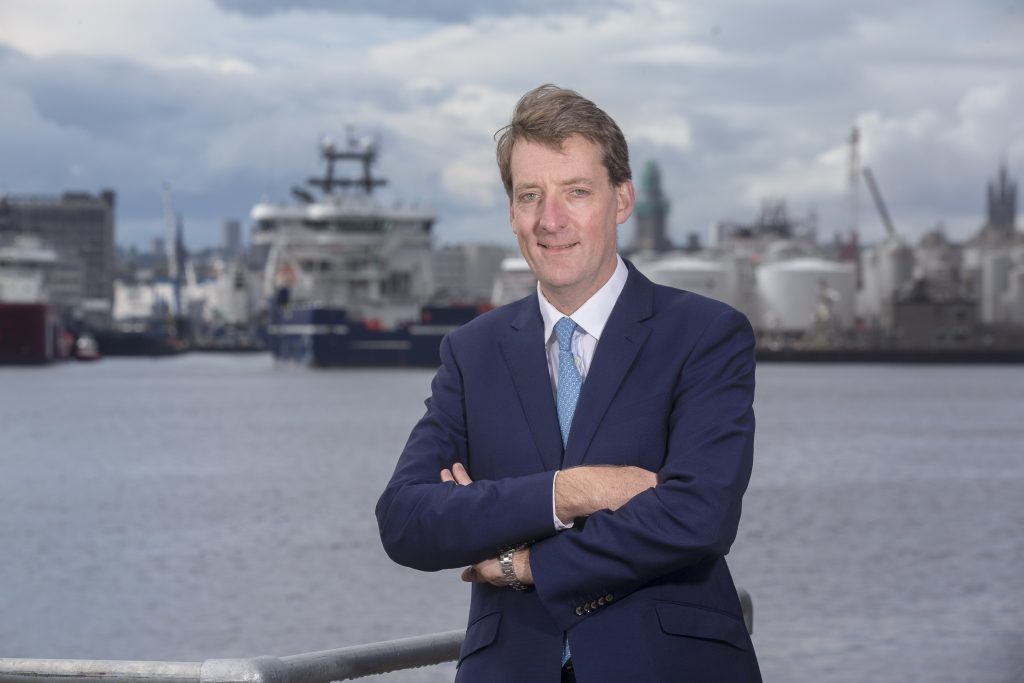
The chief of the Oil and Gas Authority (OGA) said yesterday that area planning was probably the most difficult aspect of the regulator’s work.
Andy Samuel said the OGA was still working out the best way to come up with area plans, which focus on creating value in different parts of the UK continental shelf where infrastructure is interlinked.
Mr Samuel said he would likely lean on the North Sea industry’s “brain power”.
He said: “We want to get the operators and licence groups to work together with a bit of steerage for us. If they come up with something that drives activity, that’s good for us.
“We’re not necessarily looking for perfection. Sometimes there is a risk of over-analysing.”
Mr Samuel was speaking at MER UK in Practice at the Aberdeen Exhibition and Conference Centre.
The full-day event is aimed at explaining how the OGA intends to regulate, influence and promote the UK continental shelf to maximise economic recovery (MER).
Mr Samuel said the OGA had started some area planning work in the central North Sea, where a number of groups were gearing up to drill wells next year.
He said: “We’re going to encourage them to be transparent with other people in the area so they can look at their decisions over the next 12 months in light of what may happen if someone makes an interesting discovery.
“These things change over time, there’s new information, new wells. In an existing field you can get more information which says there’s more to recover.
“So it is a very dynamic situation. It evolves. The best solution comes when we get the brain power of the industry working on it, so that’s very much our approach.
“But it is, I think, of all the work we do, probably the hardest.”
He added: “To help us we have built one of the most sophisticated economic models so we can look at inter-connectivity between assets.
“I think industry is going to be quite impressed. Industry doesn’t normally have to think about how its economic decisions impact on neighbouring fields, whereas we do.”
Recommended for you

